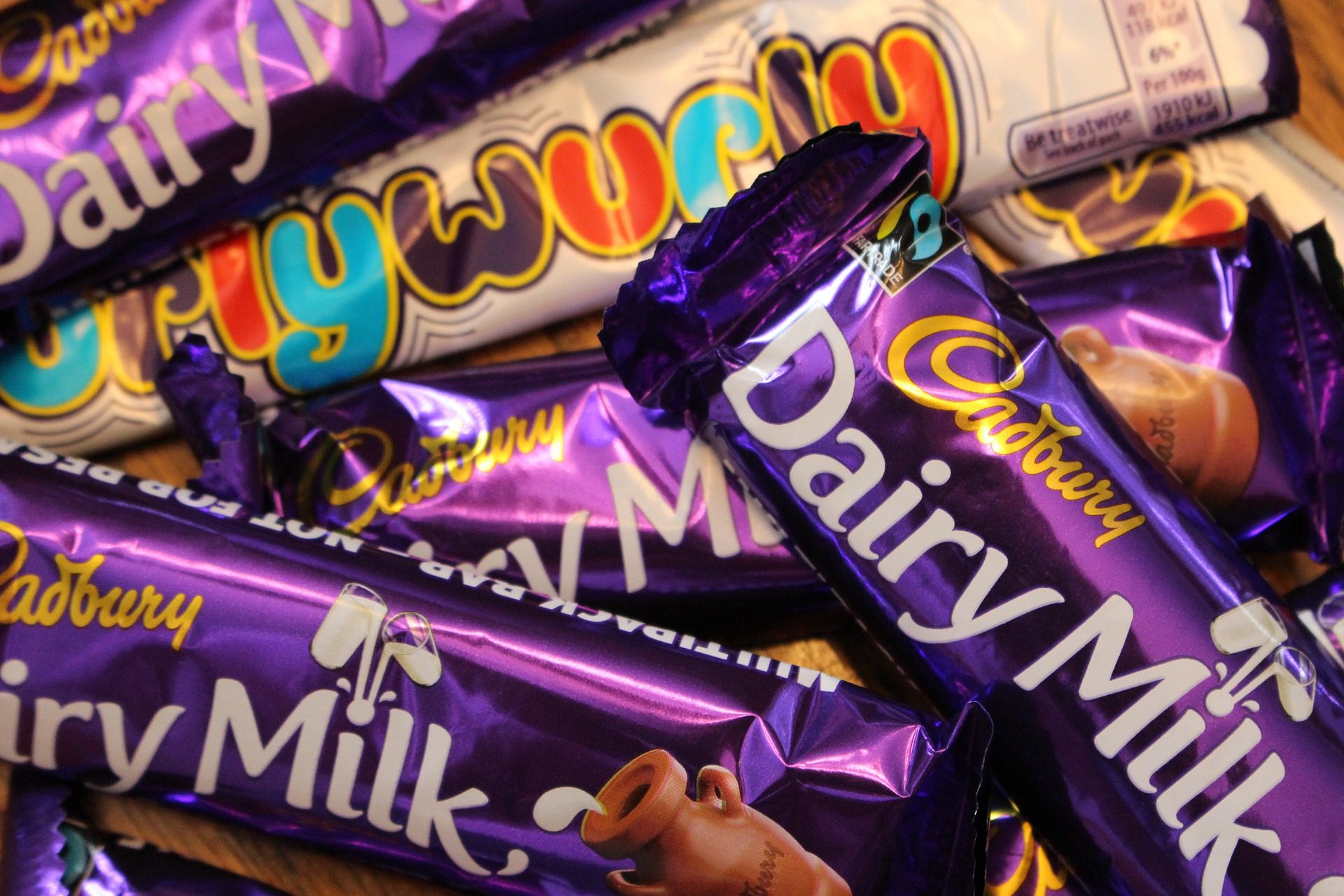Cadbury is a mark of chocolate and candy that is already very well known in the world and has been existed for almost 100 years. The distinctive feature attached to this British chocolate is its purple packaging. Strongly attached to these characteristics, Cadbury mark chocolate can be easily recognized and distinguished by consumer just by looking at the packaging color. This opportunity was used by Cadbury to propose the “purple” color especially for the purple pantone type 2685C as a single-color mark in 1995. Three years later the “purple” mark was registered at the British Trademark Office by protecting the type of goods “chocolate in the form of bar or tablet.”
In 2004, Cadbury again filed a trademark application for “purple” type of pantone 2685C to the British Trademark Office with more items than the previous registration. However, this time the registration application for “purple” mark was not successful due to objection raised by Nestlé which stated that the single “purple” mark submitted by Cadbury had no distinguishing feature and the type of goods to be submitted for registration was too broad and the result of the objection was too broad. it was received by the British High Court.
With the rejection of the single “purple” mark submission above, Cadbury decided to protect the “purple” mark that was registered in 1998 from competitors who tried to attack the mark. Cadbury’s effort to protect the mark is by asking the British Trademark Office to amend the description of the registered “purple” mark. However, this amendment attempt was rejected by British Trademark Office because based on the UK Trademark Law, descriptions of registered marks cannot be amended. Cadbury’s party finally filed an appeal for rejection of the amendment to the British High Court. However, the appeal was rejected by the High Court on December 5, 2018 on the grounds that Cadbury’s “purple” mark description did not meet the requirements of clarity and accuracy so that it could potentially cause confusion in the community.
With the aforementioned ruling, the registered single “purple” color mark of Cadbury is vulnerable to be canceled by competitor. So, on January 28, 2019, Cadbury’s parent company, Mondel?z International, decided to submit a surrender application to the British Trademark Office and at this time the status of the purple mark is surrendered. In other words, a single “purple” color mark with Cadbury’s pantone type 2685C is no longer registered in the UK.
If the above case is reviewed by Law No. 20 Year 2016 concerning Trademarks and Geographic Indications (“Trademark Law”), single color marks such as the “purple” color mark of Cadbury cannot be registered in Indonesia because based on Article 1 paragraph (1) of the Trademark Law it is said that,
“Mark is a sign that can be displayed graphically in the form of image, logo, name, letter, number, color arrangements, in the form of 2 (two) dimensions and/or 3 (three) dimensions, sound, hologram, or a combination of 2 (two) elements or more of these elements to distinguish goods and/or services produced by persons or legal entities in trading activities of goods and/or services “.
Based on this article, a single-color mark cannot be registered as a mark in Indonesia because the mark is not mentioned in the trademark definition according to the Trademark Law.
Moreover, a single-color mark contains only a stand-alone color without any other color combination, so it can be said that a single-color mark has no distinguishing feature which, according to Article 20 letter e, the Trademark Law states that,
“A mark cannot be registered if it does not have distinguishing feature.”
In this case, definition of not having distinguishing feature is a mark or mark that is too simple such as a line or a dot, or is too complex so it is not clear. Therefore, if there is an application for registration of a single-color mark in Indonesia, it is likely that the Trademark Office will issue a proposal to reject the mark on the basis of Article 20 letter e of the Trademark Law.
Thus, it can be concluded from the description above that a single-color mark cannot be registered in Indonesia because a mark with a single-color composition is not regulated in the Trademark Law and because the distinguishing power of the mark is still difficult to prove. So, it is recommended for applicants if they want to submit a color mark in Indonesia, it is better that the color mark has a combination with other colors, word, letters or logo as the distinguishing feature of the mark.
Source:
- England and Wales Court of Appeal (Civil Division) Decisions accessed on February 12, 2019.
- England and Wales High Court (Chancery Division) Decisions accessed on February 12, 2019.
- Law No. 20 Year 2016 concerning Mark and Geographic Indications.

